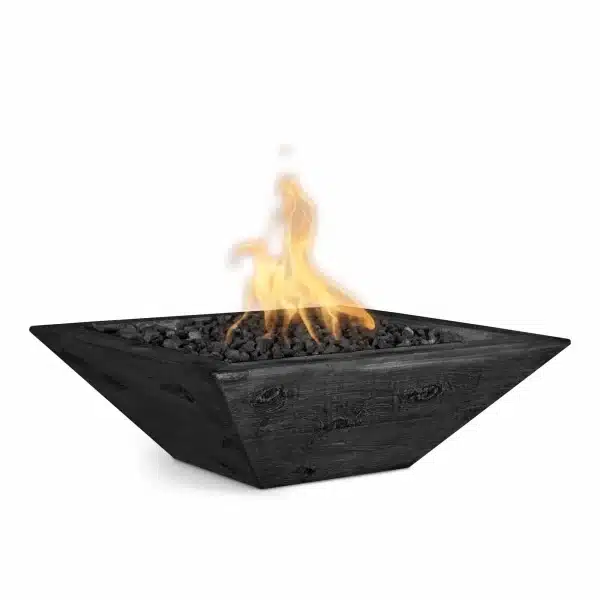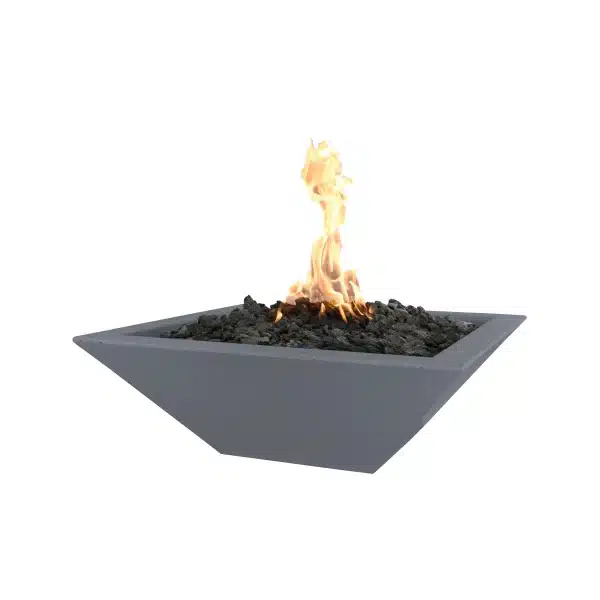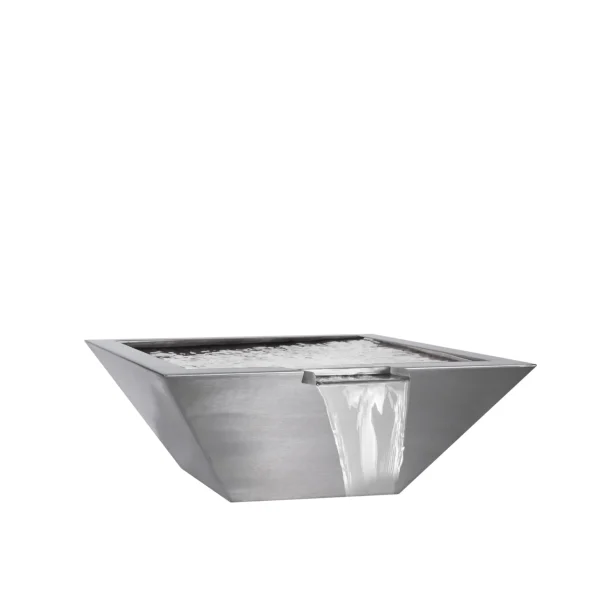Introduction: The Battle of Outdoor Materials
When planning an outdoor project, whether it’s a patio, pathway, garden feature, or even exterior cladding, the material you choose will shape both the beauty and longevity of the space. Two of the most debated choices are natural stone and composite materials. Both are popular for their own reasons: stone for its timeless, organic charm and durability, and composite for its engineered consistency and lower maintenance.
But when exposed to the elements year after year, which ages better outdoors? This post dives deep into the long-term performance of both stone and composite, examining how each material reacts to weather, UV rays, moisture, and use over time.
Understanding the Materials
What is Natural Stone?
Natural stone refers to materials like granite, slate, limestone, sandstone, and travertine. Each comes with unique aesthetics, veining, and textures formed over millions of years. Stone is often prized for its durability and distinctive look, as no two pieces are alike.
Pros at a glance:
- Unmatched natural beauty
- Extremely durable
- Resistant to fire and high temperatures
- Ages with character (patina and weathering)
Cons at a glance:
- Can stain or scratch depending on type
- May require sealing
- Can be costly to source and install
What is Composite?
Composite materials are engineered products, often made by combining recycled plastics, wood fibers, and binding agents. They’re commonly used in decking, cladding, and outdoor furniture. Designed to mimic natural materials, composites are manufactured for consistency and low maintenance.
Pros at a glance:
- Resistant to moisture and rot
- Consistent appearance
- Lower maintenance than wood
- Often eco-friendly (recycled content)
Cons at a glance:
- Can fade in UV light
- Prone to scratching
- May retain heat in direct sun
- Lifespan can be shorter than stone
Weathering and Longevity
How Stone Ages Outdoors
Stone is essentially immortal in human terms. However, weathering changes its look:
- Color Change: Sun exposure can bleach some stones, while others darken with age.
- Surface Wear: Rough textures may smooth out over time due to wind and rain.
- Patina Development: Many stones develop a natural patina, which enhances their charm rather than diminishing it.
For example, granite is nearly impervious to weathering, while softer stones like limestone can erode more quickly in acid rain. With proper sealing and maintenance, even porous stones can last centuries outdoors.
How Composite Ages Outdoors
Composites are designed to resist the forces that break down natural wood. Yet, time still leaves its mark:
- Fading: Prolonged UV exposure may dull colors, especially in cheaper brands.
- Surface Wear: Scratches and scuffs show more clearly on uniform surfaces.
- Expansion and Contraction: Temperature fluctuations may cause warping or gaps if not installed correctly.
High-quality composites may last 20–30 years outdoors, but they rarely outlive stone. Instead of developing a patina, composites tend to show wear in ways that can look more artificial.
Resistance to Elements
Moisture and Freeze-Thaw Cycles
- Stone: Natural pores can absorb water, making freeze-thaw cycles a concern. Granite and slate handle this well, while sandstone or limestone may flake.
- Composite: Non-porous blends resist water absorption, making them ideal for damp or coastal climates. However, mold can still form on the surface if organic debris accumulates.
Heat and Sunlight
- Stone: Remains stable under intense sunlight and does not warp. Light-colored stones stay cooler underfoot.
- Composite: Dark composites can become uncomfortably hot in direct sun, limiting barefoot use. UV stability varies by brand, but fading is almost inevitable.
Maintenance Over the Years
Stone Maintenance
Stone requires periodic sealing (especially for porous varieties), cleaning, and occasionally re-grouting for paved areas. Moss or algae may grow in shady areas but can be removed with pressure washing.
Despite this, many homeowners appreciate the evolving look of aged stone, it doesn’t look “worn out” but instead more integrated with its natural surroundings.
Composite Maintenance
Composite is marketed as “low maintenance,” and for the most part, this is true. It doesn’t need sealing or staining. Regular cleaning with soap and water usually keeps it looking decent.
However, scratches, deep stains, or significant fading cannot be repaired easily. Unlike stone, composites don’t age gracefully, once damaged, they often need replacement.
Aesthetic Evolution
Stone’s Natural Patina
Natural stone tells a story as it ages. Granite may remain nearly unchanged for decades, while limestone and travertine develop softer, weathered looks. Many homeowners value this evolution, seeing it as character rather than decay.
Composite’s Aging Process
Composite materials are designed to look like wood or stone, but their aesthetic is locked in at the time of manufacture. Over time, they typically lose vibrancy rather than gain character. Scratches and chips can appear more noticeable than in stone, since the surface layer is uniform.
Cost vs. Longevity
Stone Investment
Natural stone can be expensive up front due to material and installation costs. However, its longevity makes it cost-effective over decades, especially for permanent structures like patios, retaining walls, or walkways.
Composite Investment
Composite tends to be less expensive than high-end stone but more costly than concrete or pressure-treated wood. Its lower maintenance appeals to homeowners who want convenience, but replacement costs may arise sooner than with stone.
Environmental Impact
- Stone: A natural material with low chemical processing, though quarrying has environmental costs. Stone’s lifespan often outweighs its extraction footprint.
- Composite: Frequently made with recycled plastics and wood fibers, offering a second life to materials that would otherwise end up in landfills. However, manufacturing involves energy-intensive processes.
Real-World Applications
Best Uses for Stone
- High-traffic areas like patios and pathways
- Permanent garden features (walls, fountains, benches)
- Exterior cladding for timeless aesthetics
- Regions with strong sunlight, where fading won’t be an issue
Best Uses for Composite
- Decking in damp climates where rot is a concern
- Low-maintenance backyard areas
- Budget-conscious homeowners who want a “finished” look quickly
- DIY-friendly installations where consistency matters
The Verdict: Which Ages Better Outdoors?
When it comes to long-term outdoor fountain performance, stone almost always outlasts composite. While composite has its advantages, especially in moisture resistance and initial maintenance, its aesthetic and structural longevity can’t compete with natural stone’s ability to endure decades or even centuries.
Stone develops beauty as it ages, integrating into its environment in a way that feels organic and timeless. Composite, while convenient and practical, tends to reveal its age through fading, scratching, and sometimes warping.
If your goal is a material that ages gracefully and requires replacement less often, stone is the winner. If you value low maintenance and a consistent look for a couple of decades, composite may be a smarter fit.







